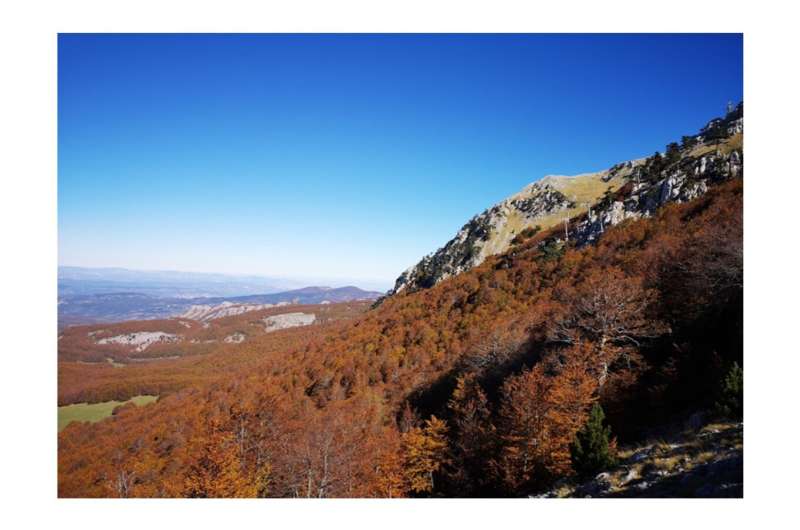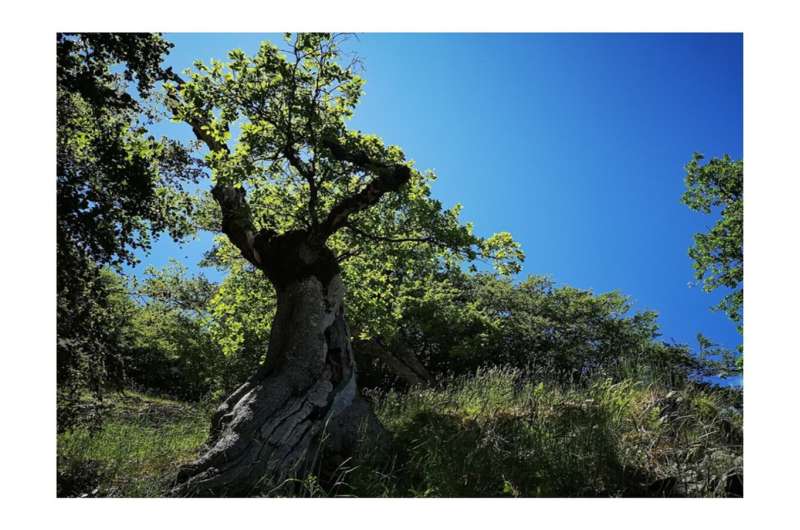Longevity hotspots in a world of trees: From bioecological research to environmental protection

In a Tansley Review just published by New Phytologist, Gianluca Piovesan and Franco Biondi discuss tree longevity and the factors that favor a long lifespan in wood-forming plants.
Scientific tools such as tree-ring dating make evident that extremely old trees, with ages exceeding 2000 years, all belong to conifer species. These veterans have been found so far in temperate regions, including "sky-island" forests that thrive on top of mountains within desert landscapes. They belong to ancient species that evolved during wet and humid periods in the Mesozoic (sequoias, bald cypress) as well as dry ones in the Cenozoic (pines, juniper) and are distributed today in areas that survived the ice ages of the Quaternary. Hardwood species have not developed the ability to live well beyond a millennium, even though some trees approaching or exceeding that age have been found in temperate (oaks) and tropical regions (baobab).
Bioecology
Overall, tree longevity is inversely related to growth rates, so that slow-growing individuals are typically the oldest ones, even in giant species (sequoias, alerce). Species with extreme longevity also challenge the ecological paradigm that, during forest succession, trees that establish first have shorter lifespans than those that become dominant later on. In fact, pines and junipers with ages exceeding two millennia are found in areas where there is no light limitation, no gap dynamics, and no succession, even over thousands of years.
While wood formation, hence tree growth, can potentially occur forever, longevity is the opposite of mortality, and both are closely linked with disturbance events (fire, insect outbreaks, droughts, floods, volcanic eruptions, hurricanes, etc.). Since even very old trees can show high growth rates when conditions are favorable, a number of trade-offs have been identified between various life-history traits, especially in connection with defenses and reproduction.

Future research and the protection of old trees
Overall, many questions remain unanswered with respect to the distribution of the oldest trees and the ecological processes that drive extreme tree longevity. Preserving trees that have survived through multiple climatic episodes is an even more pressing need today, as global biodiversity is potentially endangered by human-driven environmental changes.
More information: Gianluca Piovesan et al. On tree longevity, New Phytologist (2020). DOI: 10.1111/nph.17148
Journal information: New Phytologist
Provided by University of Tuscia


















